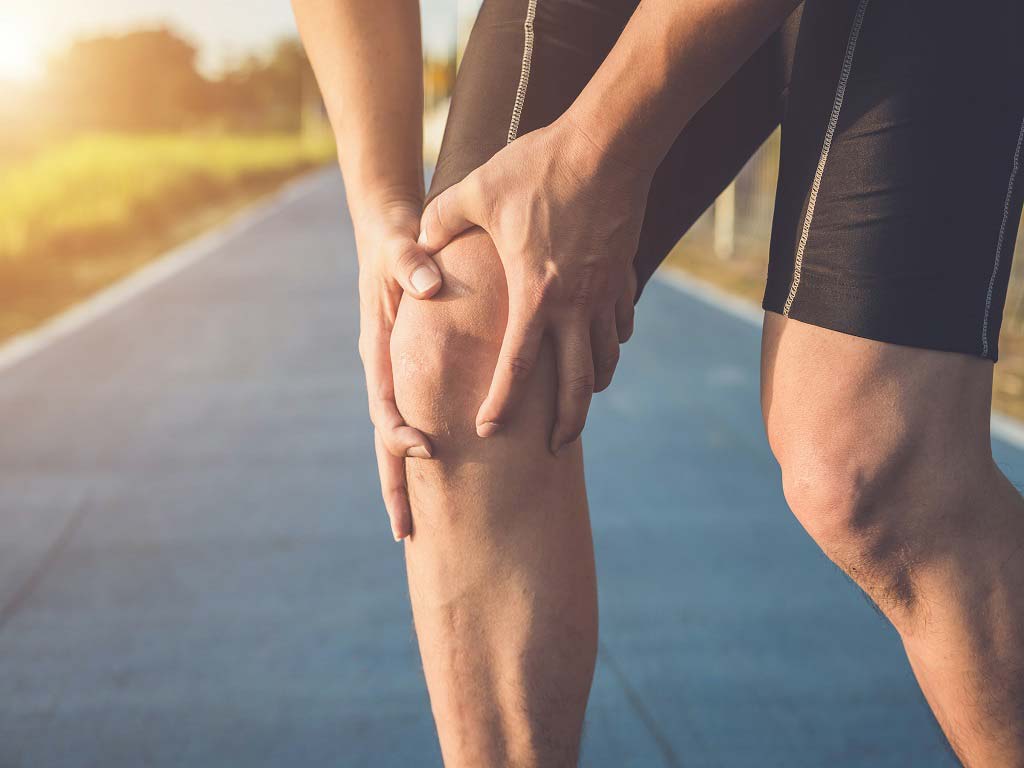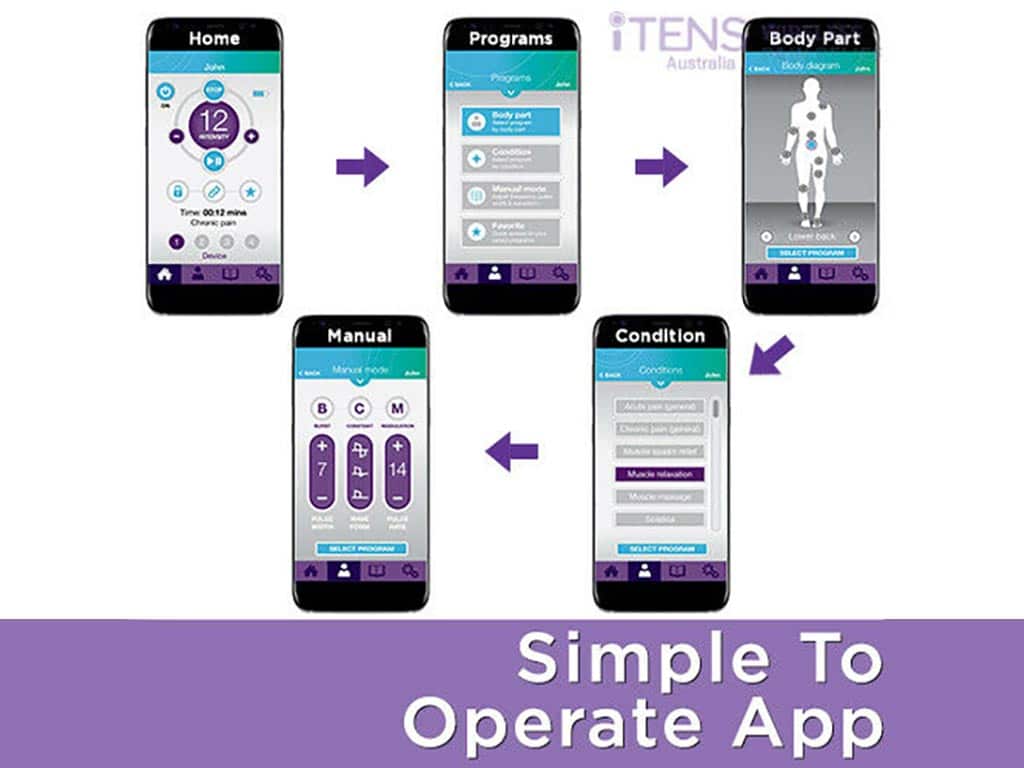
Knee arthritis affects many people and causes a decrease in the quality of life. It is a condition that limits physical function and causes significant aches. This reduces the daily activities that a patient can do. Fortunately, Transcutaneous Electrical Nerve Stimulation is a method of pain relief that people can use. A TENS machine for knee arthritis works using the pain gating mechanism and triggering endorphin release. To use one, apply the pads around the knee and adjust the settings.
People with knee osteoarthritis, rheumatoid arthritis, and post-traumatic arthritis often have limited physical function. Some rely on non-steroidal anti-inflammatory drugs and interferential currents, and some undergo surgery for knee replacement. However, this can have significant risks and adverse effects. In comparison, TENS therapy has minimal risks. Nevertheless, consulting a health professional before using one is recommended. This article will present an overview of knee arthritis, how TENS work to provide relief, and how to use it.
Overview of the Condition Before Using a TENS Machine for Knee Arthritis
Arthritis is an ailment described as the inflammation of one or more joints. It affects millions of people and can decrease the quality of life. It can cause depression in patients, due to the aches and activity limitations. There are various types of arthritis, many of which can affect the knees. To help with this chronic condition, many choose to use a TENS machine for knee arthritis.
The foremost symptom of knee joint arthritis is aches. It can range from mild to severe pain, depending on various factors. Many report increased pain levels due to weather changes, physical activity, and even after resting. Usually, the condition will develop gradually as the joint becomes increasingly stiff and swollen.
Others may observe weakness in their knees as the condition worsens. Unfortunately, there is no cure for this pain condition. However, undergoing treatments may slow down the disease progression and allow the individual to retain their physical function. Moreover, therapeutic exercise and other components of physical therapy, together with TENS use, can produce positive treatment outcomes.
Types of Knee Arthritis
- Osteoarthritis: a degenerative joint disease that occurs when the cartilage around the knee joint wears away. Some patients with knee osteoarthritis may hear and feel a scraping sensation. Another characteristic is feeling bone spurs around the joint.
- Rheumatoid arthritis: a symmetrical autoimmune disease that can affect multiple joints, including the knees. The immune system of patients with this condition attacks the tissues, causing the synovial membrane to swell.
- Post-traumatic arthritis: this condition develops when the cartilage diminishes after injury or trauma. It causes the bones to rub together, resulting in arthritis pain. Another cause for this is when a broken bone damages the joint.

How a TENS Machine for Knee Arthritis Works
A TENS machine for knee arthritis uses electrode pads to deliver low-voltage electric currents to the body. It is non-invasive and drug-free, making it ideal for many people with knee osteoarthritis and other types as well. The electrical impulses can trigger various mechanisms that many studies theories as the reason TENS therapy provides on-demand pain relief.
TENS machines for knee pain have adjustable settings that allow the user to customise their treatment session. TENS can have different therapeutic effects, depending on the frequency, intensity, and pulse duration used. There can be notable differences in the effects of electrical stimulation from person to person, but many have positive reviews of its effectiveness.
TENS machines can provide significant but temporary pain relief. For some, this reduction in pain persisted for hours after the session, making it ideal for chronic pain in knee. Moreover, TENS can also help increase blood flow to the knee, which can help relax sore muscles and improve healing. Lastly, TENS may also help improve moods and reduce inflammation.
The Main Theories at Work
There are two main theories associated with the positive effects of TENS. One is the Gate Control Theory of Pain. This suggests that electrical stimulation can induce the spinal nerve cells to block the transmission of pain signals. This results in quick relief, ideal for acute pain conditions.
The other theory is that TENS can induce endogenous opioid release. This suggests that low-frequency stimulation can trigger the body to produce and release natural painkillers called endorphins. This is why many use low frequencies for chronic knee pain and other chronic conditions, such as fibromyalgia and sciatica.

How to Operate a TENS Machine for Knee Arthritis
Operating a TENS machine for knee arthritis is a simple process. Nevertheless, it is recommended to study the instruction manual for the device to ensure safe and proper use. The user may also prepare for their session by checking if the machine and accessories are in good working order. They may also clean the skin with soap and water to ensure secure adhesion of the adhesive pads.
The user must place the electrode pads on the target area to start the session. Then, they may turn the machine on and adjust the settings. It is best to start with low settings to avoid sudden shocks and discomfort. Afterwards, they may gradually increase the intensity levels. Alternatively, they may select a preset mode tailored for knee pain relief.
Typically, TENS sessions last between 20 to 30 minutes. This may vary depending on the settings used for the treatment of pain and the overall health condition. After the time elapses, the patient may switch the machine off and remove the electrodes.
Pad Placement Guide
Proper pad placement is crucial for effective knee pain relief. This is what allows the electrical currents to stimulate the sensory nerves for the management of pain. Generally, users place pads on muscles near or on the origin of the pain.
To use a TENS machine for knee pain, the user must apply the pads on the muscles around the symptomatic knee joint. It is crucial to avoid the joint itself for optimal results. Moreover, if the person wishes to use more than one electrode, they must place them at least one inch apart. Lastly, select a pad with the ideal size and shape.
Conclusion
Many people use a TENS machine for knee arthritis to alleviate their arthritic pain. These devices are commonly seen in hospitals and physical therapy clinics, but people may also use them in their homes. It can help alleviate pain whether the patient suffers from osteoarthritis, rheumatoid arthritis, or post-traumatic arthritis. It can also help improve mobility, which can increase physical function. TENS is a drug-free and non-surgical management method of pain. It works by delivering electrical impulses to the body.
TENS machines have adjustable settings that allow the user to customise their treatment. They may use high or low frequencies to trigger the pain-gating mechanism or endorphin release. Moreover, using one is easy. The patient must simply apply the pads around the knee joint, adjust the settings, and turn it off once the time elapses. Nevertheless, it is recommended to consult a medical professional before using a TENS machine.




















